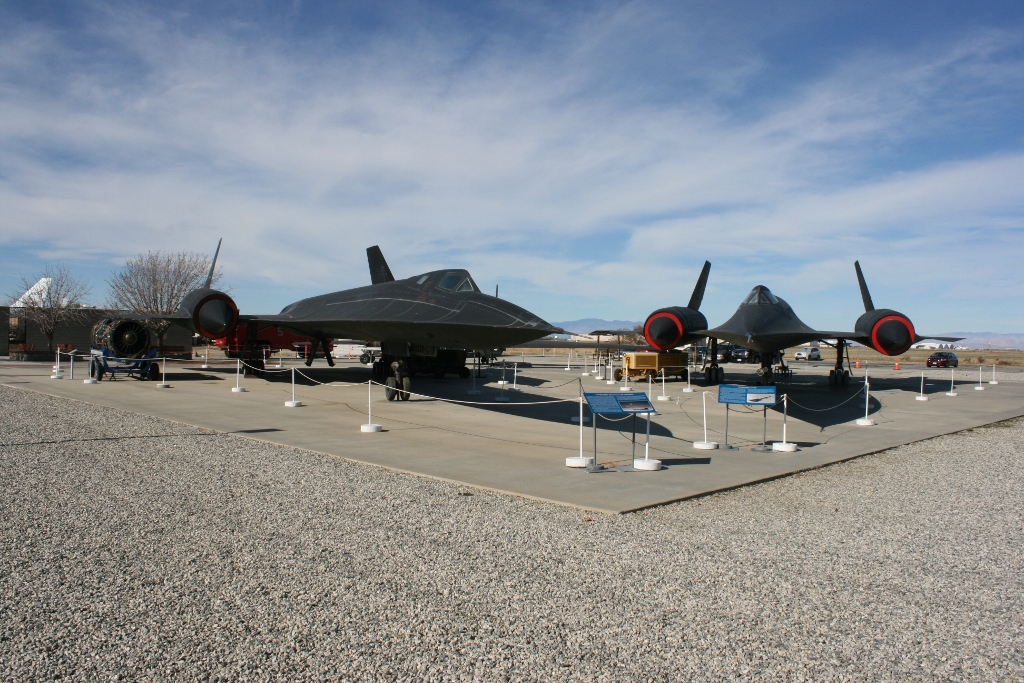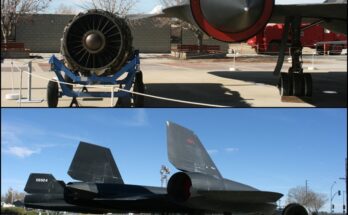
The Lockheed SR-71 Blackbird remains one of the most extraordinary aircraft ever built, a symbol of innovation, secrecy, and raw speed. Developed during the Cold War by Lockheed’s famed Skunk Works division, the SR-71 was designed for one purpose: to gather intelligence at altitudes and speeds no enemy could match. First flown in 1964 and introduced into service in 1966, it rewrote the rules of aviation and still holds records decades after retirement.
What made the SR-71 so remarkable was its ability to cruise at over Mach 3—more than three times the speed of sound—while flying above 80,000 feet. At that height, pilots could literally see the curvature of the Earth. The aircraft was built to outrun threats, not outfight them. If a missile was launched, the procedure wasn’t to turn or evade. The Blackbird simply accelerated. Nothing else in the sky could catch it.
To survive the heat generated at such speeds, the SR-71 was constructed mainly from titanium, a metal strong enough to withstand temperatures that would melt conventional aircraft. Even then, the aircraft expanded in flight, and its skin panels fit loosely on the ground. This design quirk led to a famous detail: the Blackbird leaked fuel while parked because the tanks only sealed once the jet heated up in the air.
The engines were as impressive as the airframe. Its Pratt & Whitney J58 turbo-ramjets transitioned from traditional jet propulsion to a ramjet-like mode at high speeds, allowing the aircraft to maintain its blistering pace while remaining efficient for its mission profile. Combined with its sharply swept lines and matte black radar-absorbing paint, the SR-71 looked—and performed—like something from the future.
Only 32 SR-71s were ever built, and each mission required extensive planning and support. While the Blackbird never carried weapons, its reconnaissance equipment was cutting-edge for its time. It collected imagery and signals intelligence that shaped U.S. military and political decisions throughout the Cold War. Its operations often took it near or over hostile territory, yet no SR-71 was ever shot down.
The aircraft officially retired in 1998, though many argue it was never truly replaced. Satellites and drones took over some of its roles, but nothing has fully matched its combination of speed, altitude, and unpredictability. Even today, aviation enthusiasts and defense analysts still compare new reconnaissance platforms to the SR-71 as the benchmark.
Beyond its technical triumphs, the Blackbird carries a sense of mystique. It represented the height of engineering ambition, built by a small team working under immense pressure and secrecy. For many, it stands as proof of what is possible when imagination and daring meet unlimited problem-solving.
More than a spy plane, the SR-71 became a legend—one that still inspires awe, and one that may never be duplicated.


